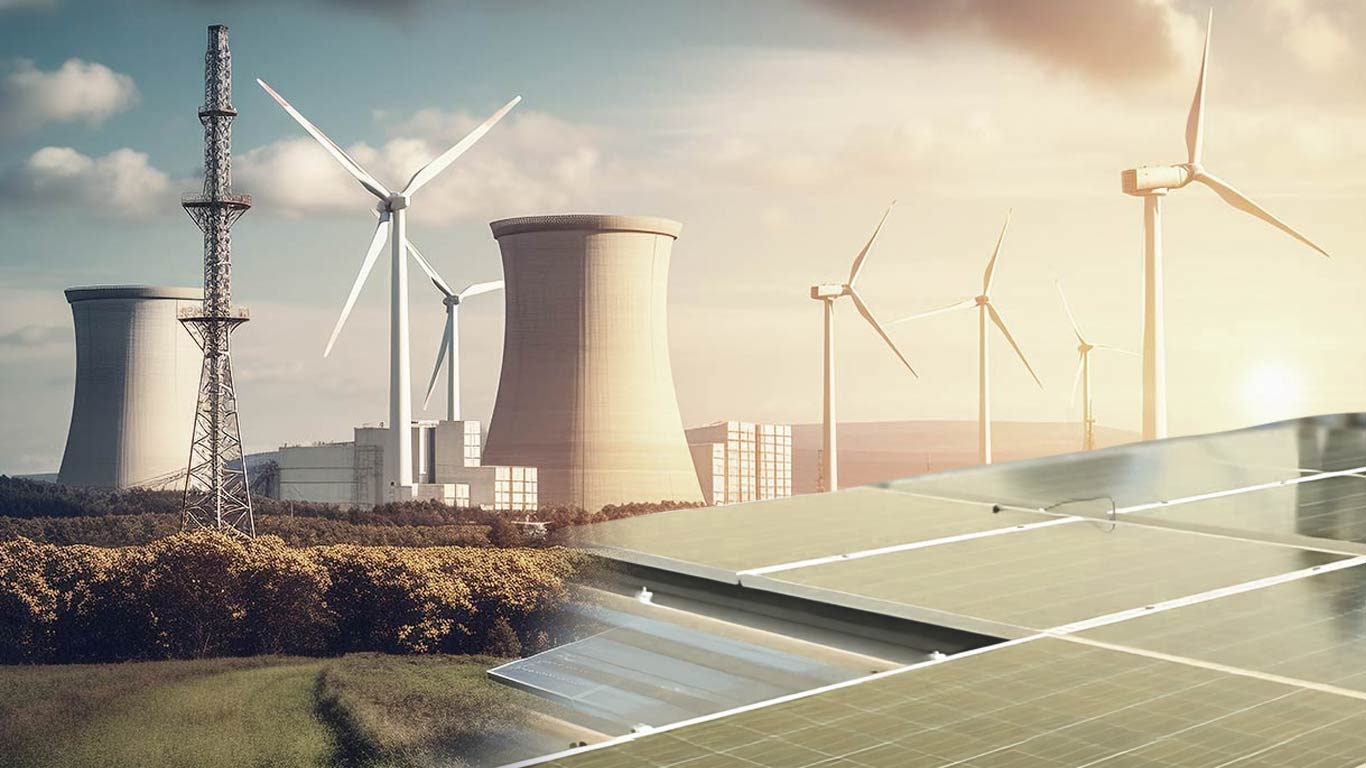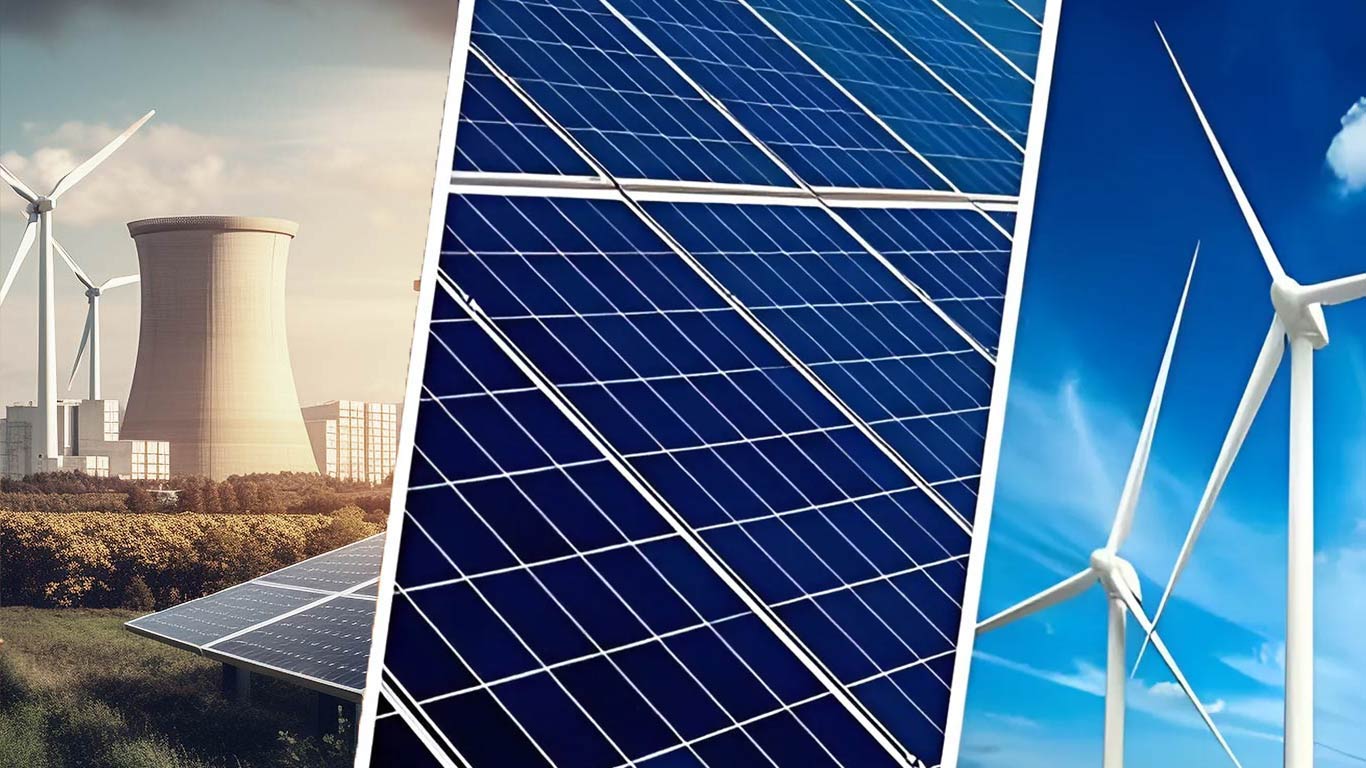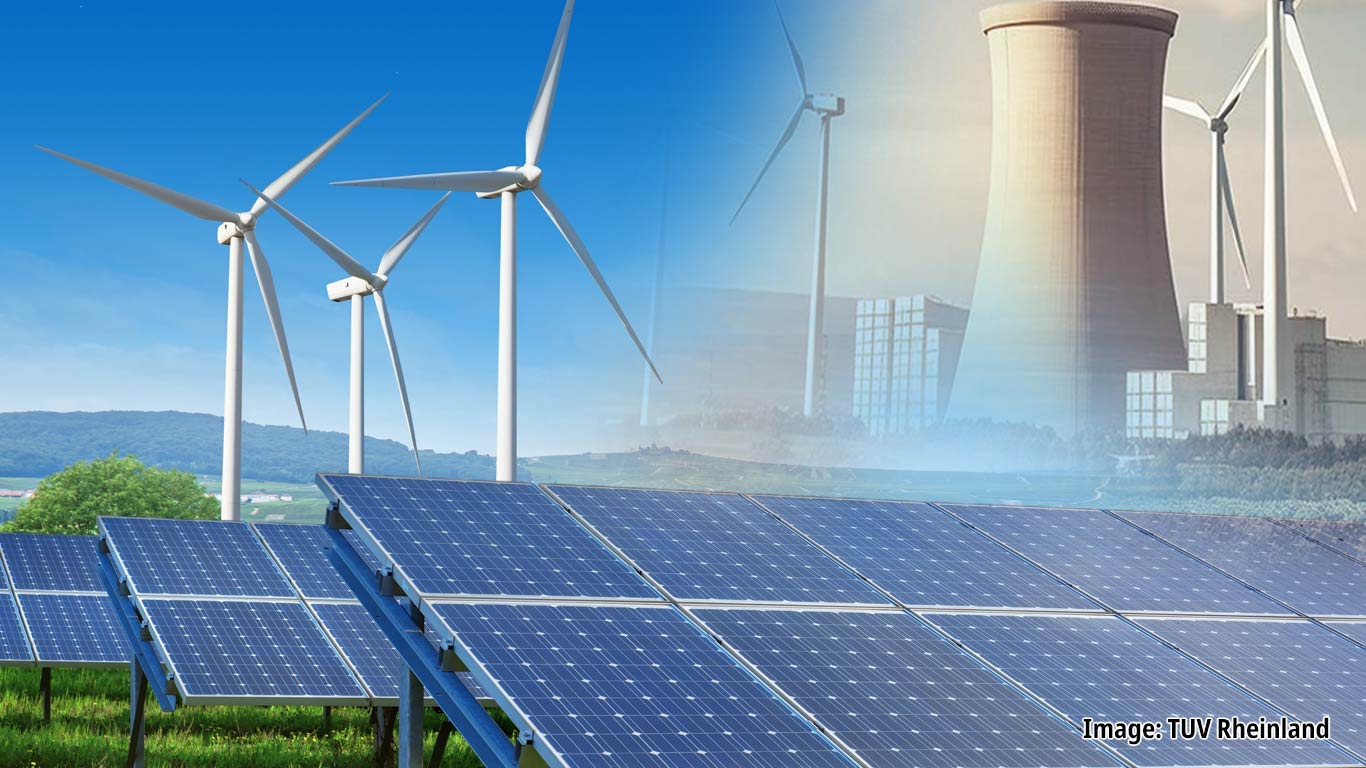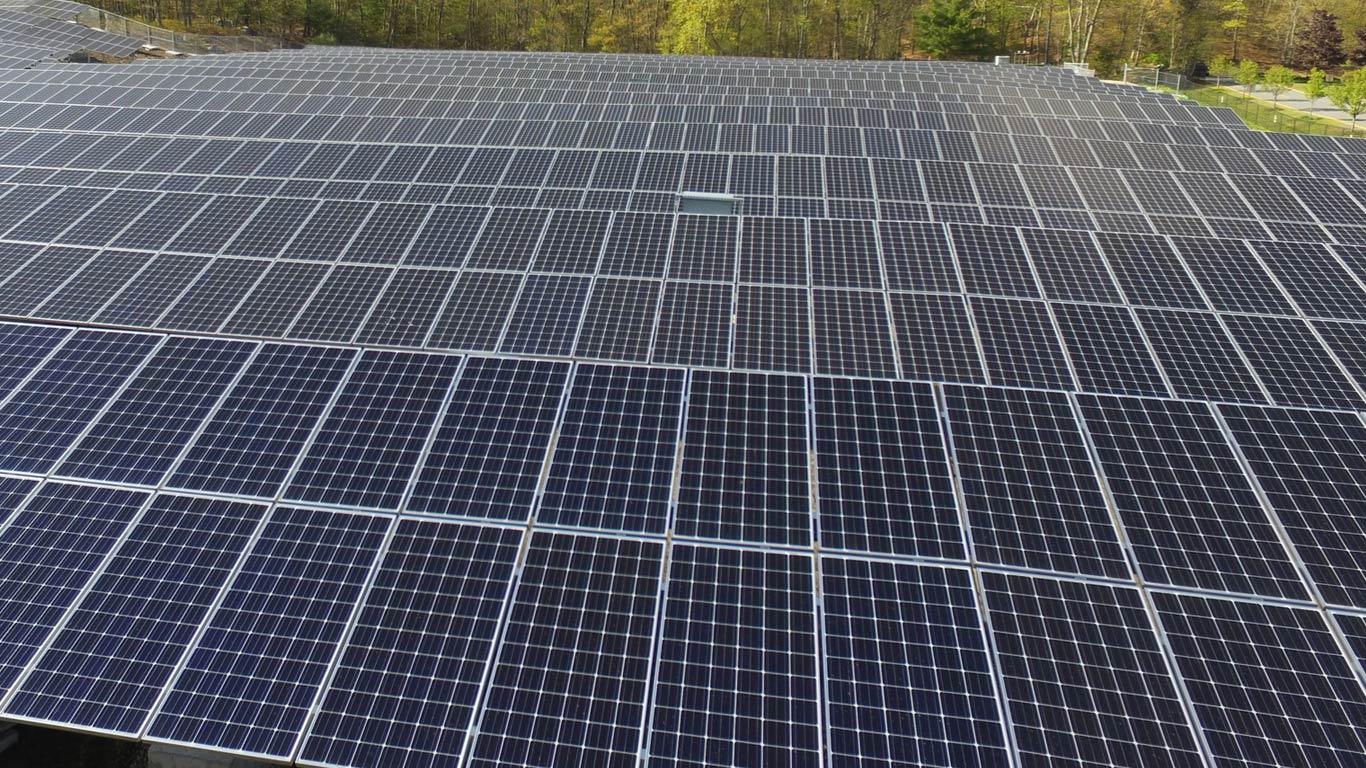Annual Installed Renewable Energy Capacity In India Reaches 18.5 GW: Reports
Updated: Apr 24, 2024 05:17:53pm

Annual Installed Renewable Energy Capacity In India Reaches 18.5 GW: Reports
New Delhi, Apr 24 (KNN) India recorded its highest annual installed renewable energy capacity of 18.5 gigawatts (GW) for the fiscal year ending March 31, 2024.
According to Rystad Energy, the month of March witnessed a peak installation of 7.1 GW, surpassing the previous record of 3.5 GW set in March 2022.
This surge in installations, predominantly driven by solar energy, marks a significant step towards India's ambitious target of achieving 500 GW of non-fossil fuel capacity by 2031-32. This goal is in alignment with the government’s vision for a net-zero emissions country by 2070.
Contributing to the impressive installation figures are major projects like Adani Green's 1.6 GW of solar capacity in Gujarat's Kutch district, which is part of a larger plan for a hybrid renewable energy park aiming for a combined solar and wind capacity of 30 GW.
The domestic solar equipment demand has surged in tandem with the increase in installations, with more than 6.2 GW of new capacity coming from solar alone.
India's solar panel production capacity stood at an impressive 68 GW as of March 2024, and the country is looking to expand its export markets, particularly to the United States.
Despite facing stiff competition from Southeast Asian manufacturers, Indian exports are expected to rise following the U.S. imposition of duties on panels from Southeast Asia, potentially reaching as high as 254% starting June 2024.
Currently, India exports power primarily to Bangladesh, Nepal, and Bhutan, with minor amounts to Myanmar. Plans are underway to establish renewable power trading through interconnectors with countries like the UAE, Saudi Arabia, Sri Lanka, and potential expansions to Southeast Asia.
However, these projects are capital-intensive and are not expected to impact the energy transition significantly until the 2030s.
(KNN Bureau)











